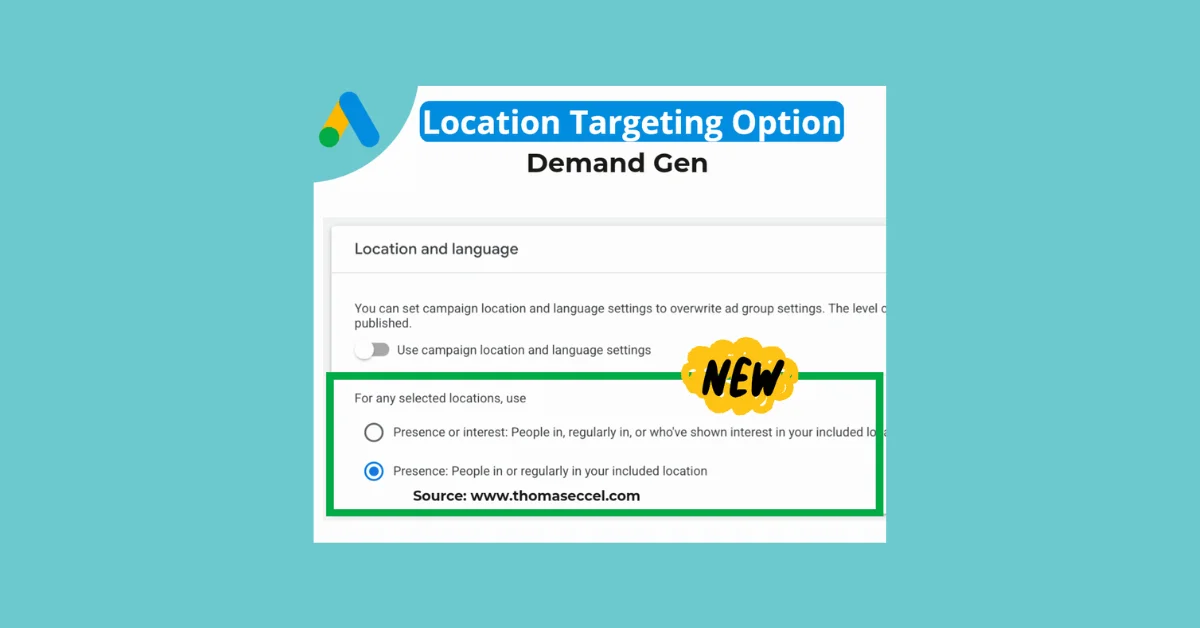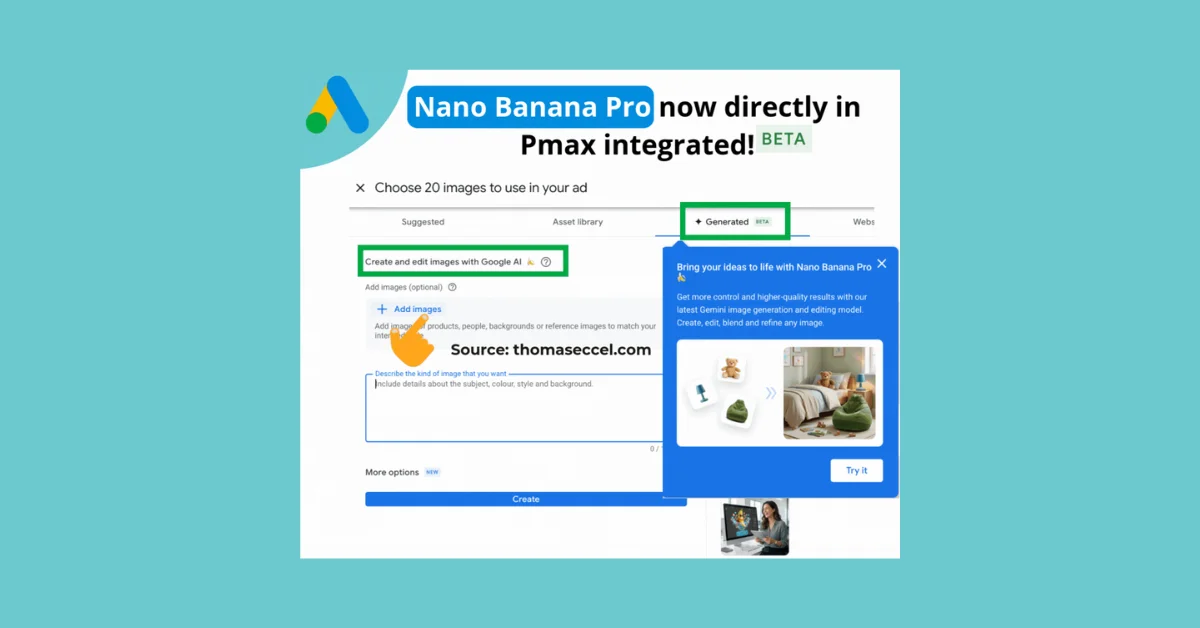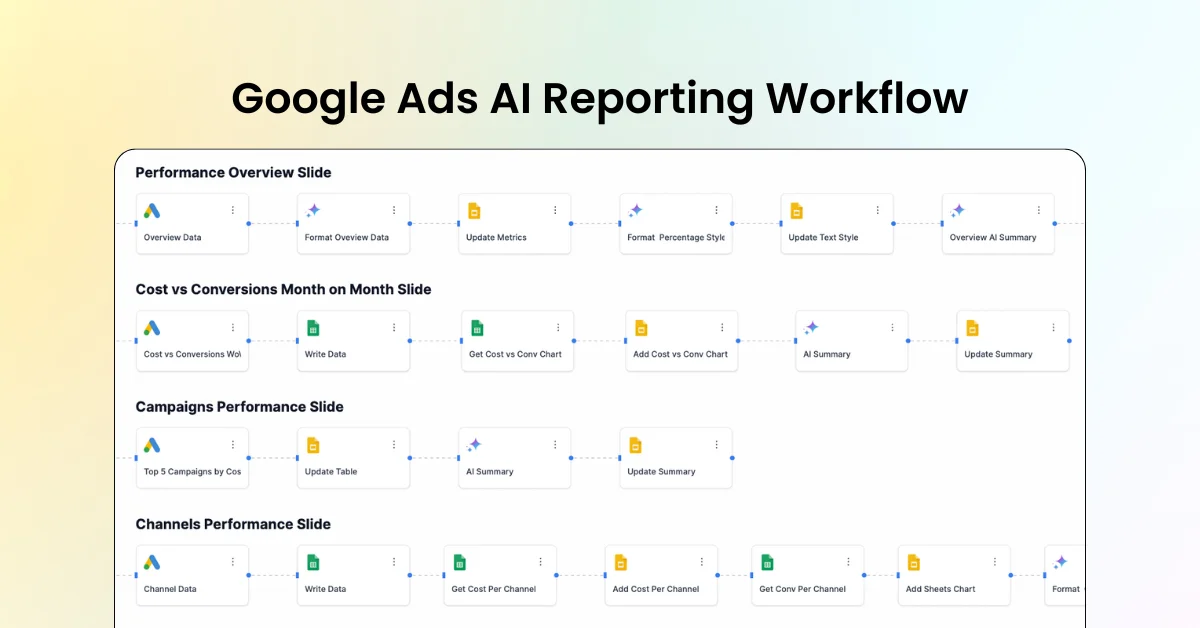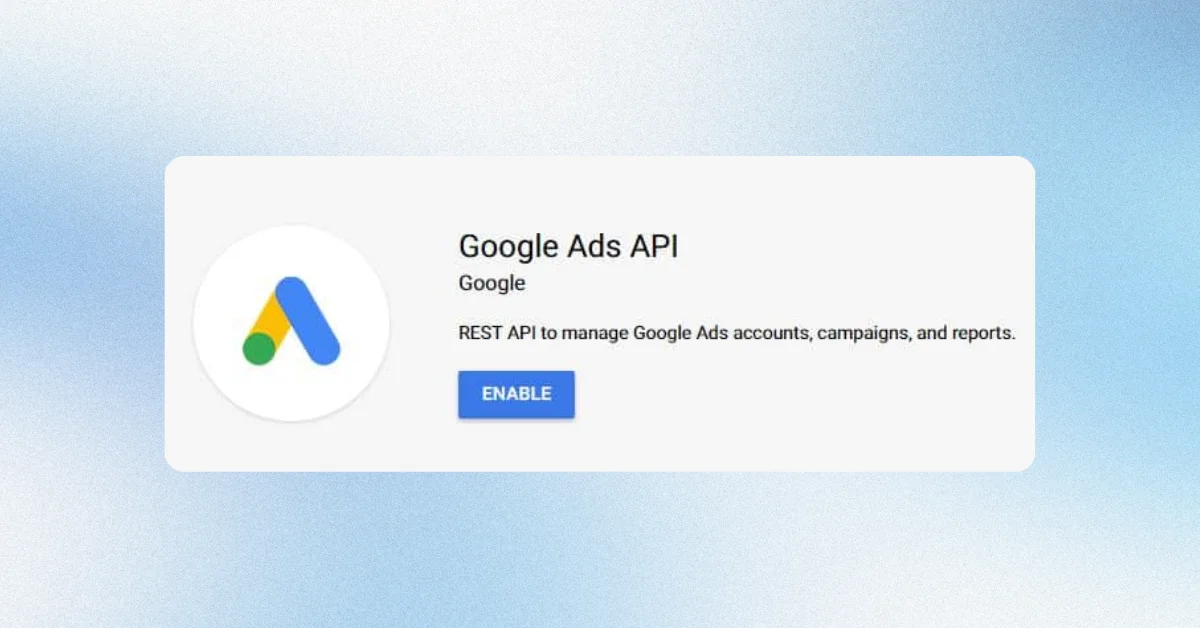Google has unveiled a new campaign setting in select Google Ads accounts aimed at maximizing profitability. This feature, announced during Google Ads Academy, allows advertisers to optimize their campaigns based on gross profit rather than just revenue or ROAS.
Key Features of the New Setting
Gross Profit Optimization: Campaigns can now be optimized for profit, not just revenue or return on ad spend (ROAS).
Profit tROAS (POAS): A new optimization goal that focuses on profit-based target return on ad spend.
Early Performance Indicators: Initial tests show a significant 15% increase in campaign profit when using this setting.
How to Set Up Gross Profit Optimization
To implement this new feature, advertisers need to:
Include Cart Data: Ensure that cart data is incorporated into the product feed.
Add COGS Data: Include Cost of Goods Sold (COGS) information in the product feed.
Set Optimization Goal: Change the campaign's optimization goal to profit tROAS (also known as POAS).
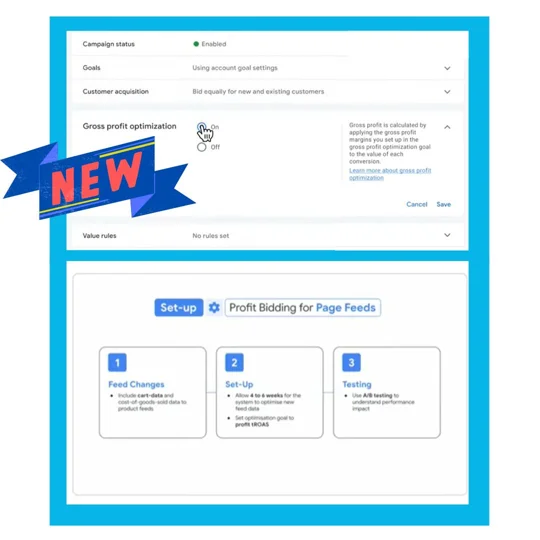
Implications for Advertisers
This update represents a significant shift in campaign optimization strategies:
- Direct Profit Focus: Advertisers can now target profitability directly within Google Ads.
- Improved Decision Making: With COGS data, the platform can make more informed bidding decisions.
- Potential for Higher Returns: The reported 15% uplift in campaign profit indicates substantial potential for improved performance.
Availability and Rollout
- Currently available in select Google Ads accounts.
- Wider rollout details have not been announced yet.
Industry Context
While similar capabilities have been available through third-party tools like Profitmetrics, this native integration into Google Ads marks a significant step forward. It allows advertisers to optimize for profit directly within the Google Ads platform, potentially simplifying workflows and improving accessibility to profit-based optimization.
Advertisers are encouraged to monitor their accounts for access to this feature and consider testing it against their current optimization strategies to evaluate its impact on their specific business models and goals.

